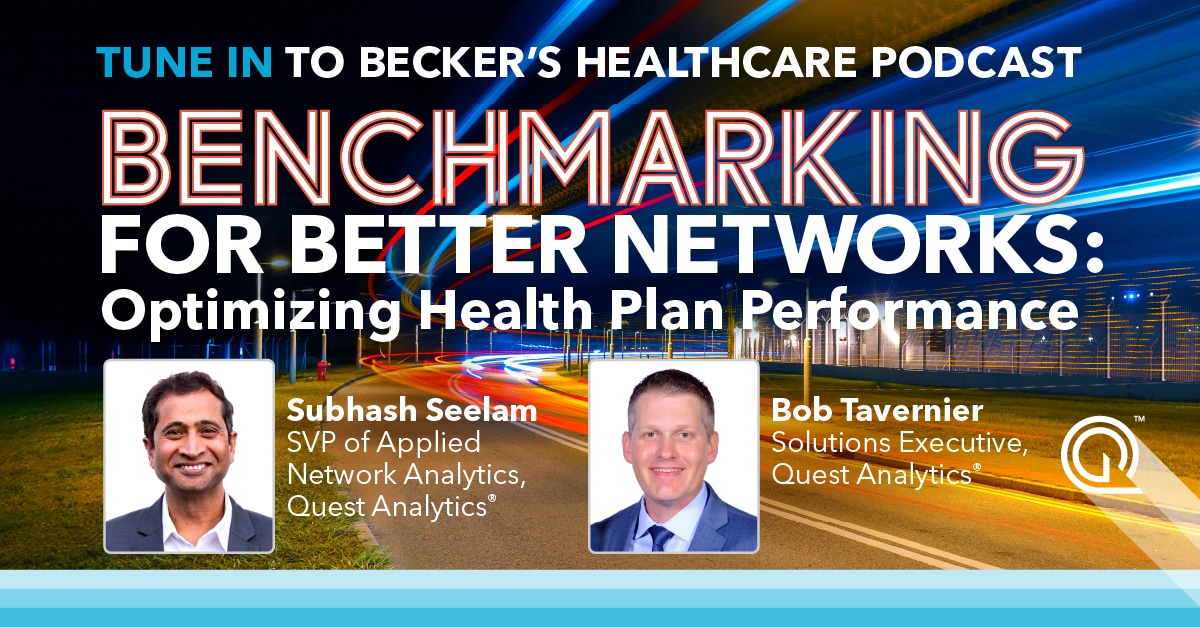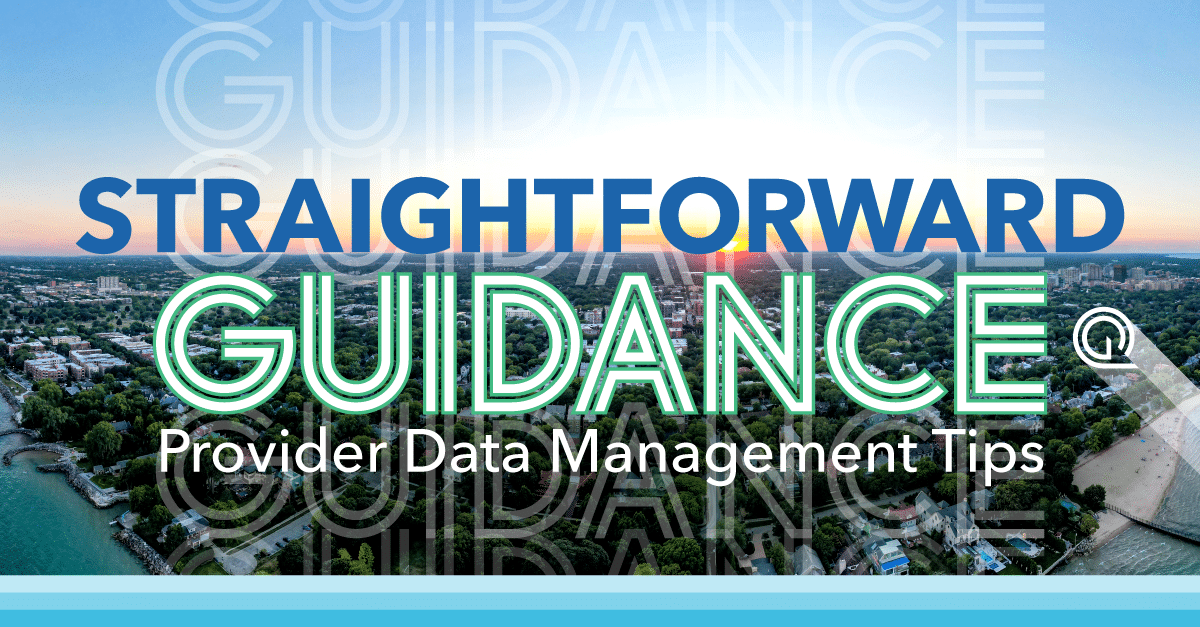Consumers today can be more informed than ever. With the continuous surge in available information, they can research and make educated decisions about all purchases, including health insurance. During the open and annual enrollment periods, they explore their options, compare health plans, and decide on their coverage for the upcoming year. For insurance companies, understanding and aligning with consumer behavior year-round isn’t just beneficial, it’s essential for driving growth and engagement during these key periods.
Key Timelines for Enrollment 2025
Health Insurance Marketplace Open Enrollment Periods
The Open Enrollment Period (OEP) is the annual timeframe when individuals can enroll in or switch health insurance plans for the upcoming year through the Health Insurance Marketplace. For 2025 coverage, enrollment runs from November 1, 2024, to January 15, 2025. Note that these dates can vary by state.
- Federal Marketplace: November 1, 2024 – January 15, 2025
- State-based Marketplaces: Many states follow the federal schedule, but some have variations. Visit your state-run exchange website for the specific enrollment timeline.
Medicare Enrollment Periods
Similarly, the Medicare Annual Enrollment Period (AEP) and the Medicare Advantage Open Enrollment Period are when beneficiaries can update their Medicare plan coverage.
- Medicare AEP: October 15, 2024 – December 7, 2024
- Medicare Advantage Enrollment Period: January 1, 2025 – March 31, 2025
These enrollment periods are prime opportunities for health insurers to attract new customers or retain current ones.
Factors Influencing Consumer Decisions
Understanding what influences consumers can help you adjust your approach to evaluating your provider network to better meet their preferences. According to the 2024 National Consumer Survey by Jarrard Inc., key factors influencing consumers’ choices when considering changing providers include:
- Practitioners and Specialists In-Network: Over 80% of respondents prioritize providers who accept their insurance for both Primary Care Physicians (PCPs) and Specialists.
- Convenience of Location: Approximately 70% emphasize the importance of convenient locations.
- Positive Online Reviews: More than half of consumers place significant value on favorable online ratings and reviews.
Determinants of Final Provider Choice
The study also highlights several factors that influence the consumer’s decision to actually select a practitioner, with personal recommendations topping the list.
- Recommendations from family members, friends, or trusted individuals
- Appearance on a “doctor finder” list from their insurance company
- Referrals from other healthcare providers
- They found the provider through an online search
- Other factors
- They saw the provider advertised
Primary Platforms for Provider Research
Jarrod’s findings indicate that consumers predominantly use Google and WebMD to research provider information. Beyond this study, it is widely recognized within the industry that health plan ratings issued by the Centers for Medicare & Medicaid Services (CMS) and the National Committee for Quality Assurance (NCQA) play a role in informing consumer decisions.
Enhancing Health Services with Advanced Analytics
Consumer insights reveal that incorporating specific provider data elements and advanced analytics can drive significant growth. By offering accurate information about in-network practitioners, specialists, and facilities—including appointment locations and areas of expertise—you can greatly improve the overall healthcare experience, encouraging consumer loyalty.
Below, we examine the essential provider data fields that align with consumer priorities, helping you to enhance your provider network and healthcare services.
Key Data Fields to Evaluate Your Healthcare Providers
Provider Data Accuracy
Provider data accuracy is the cornerstone of effective healthcare management. Accurate data improves customer experience, ensures compliance, and enhances operational efficiency. Solutions, like Quest Enterprise Services® Accuracy, designed to manage the outreach and operational challenges involved in maintaining provider data accuracy, can help healthcare practitioners and specialists, and insurers focus on delivering quality care.
Ghost Provider
As someone who oversees the network, provider data accuracy includes distinguishing active practitioners, specialists, and facilities from inactive or ghost providers. One effective method is incorporating claims data into your analysis to determine which providers have recent activity, ensuring providers are actively practicing. By identifying active providers, health plans can avert consumer dissatisfaction resulting from encounters with unavailable practitioners.
Network Participation Status
Consumers want to know and have the assurance that their chosen plan includes the practitioners or facilities listed in the directory are in-network to avoid unexpected costs and administrative burdens. Maintaining accurate data on network participation- which providers are contracted for which plans-helps manage costs and build trust. Regular updates using data analytics can validate network participation, thereby preventing consumer dissatisfaction and potential financial mishaps. This helps to avert avoidable out-of-pocket expenses and fosters consumer confidence in their health plans.
Accepting New Patients
For consumers looking to switch providers or those new to an area, knowing whether a practitioner is accepting new patients is essential. You want to focus on maintaining accurate information in this field to prevent consumers from wasting time on providers currently unavailable for consultations. Ensuring this data is promptly updated fosters consumer confidence and streamlines their decision-making process.
Appointment Locations
Consumers prioritize providers with locations that fit their schedules and travel capabilities. Ensuring the listed locations are accurate helps consumers easily find and choose nearby providers, enhancing their overall experience. See how Quest Enterprise Services® Accuracy with Machine Learning helps you better understand where a practitioner is actively seeing patients and validate location data.
Areas of Expertise
To ensure that patients receive the appropriate care, understanding a provider’s specific expertise beyond their general specialty can significantly improve the quality of the healthcare network. You want to verify that healthcare providers practice the specialties listed in the directory. Information in this area helps you match patients with the right practitioners and specialists, leading to improved health outcomes. Here are key elements to include in your management solution to facilitate this process:
Top Provider Conditions and Procedures: Data that indicates a provider’s area of specialty or expertise.
Provider Program Participation: Information on which providers participate in specific programs required by your members.
Performance Data: Analysis of performance data related to specific conditions and procedures.
Peer Reviews: Incorporate peer review scores and specialist feedback to evaluate provider competence in certain medical areas.
Incorporating these data fields helps you improve the accuracy of the information you provide consumers, helping them receive the care they need.
Provider Network Management Compliance
Provider data accuracy and network adequacy are closely monitored by CMS, state regulators, and NCQA. A solid provider network strategy is key to your company’s long-term success. To maintain compliance and optimize performance, consider the following steps:
- Monitor, analyze, and identify areas for improvement in your network.
- Implement strategies to identify and solve any data issues discovered.
- Regularly measure your network and data management programs.
With a proven and defensible compliance program, you’re in a better position to maintain compliance, pass network audits, and ensure sustainability.
Meeting Consumer Expectations Through Data Accuracy
With an informed consumer base, expectations from health insurance companies have risen. By leveraging advanced analytics to improve provider data accuracy, you can align your network with consumer expectations, driving growth and satisfaction.
Maintaining accurate provider data and enhancing network adequacy are not only regulatory requirements but strategic advantages that can significantly impact consumer trust and retention. Investing in trusted provider network management solutions ensures a better consumer experience, paving the way for long-term growth and engagement.
Find More On Provider Data Accuracy and Network Adequacy
Experience Proven Provider Network Management with Quest Analytics®
Need to simplify your workload? Let Quest Analytics handle it! Our solutions and dedicated teams specialize in ensuring provider data accuracy and network adequacy for various business lines, including Medicare Advantage, Medicaid, and Commercial. Schedule a strategy session today and discover how we can assist you every step of the way.











